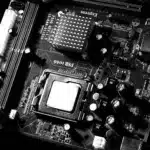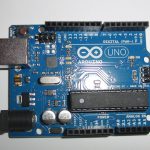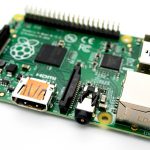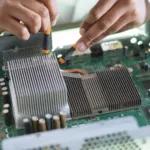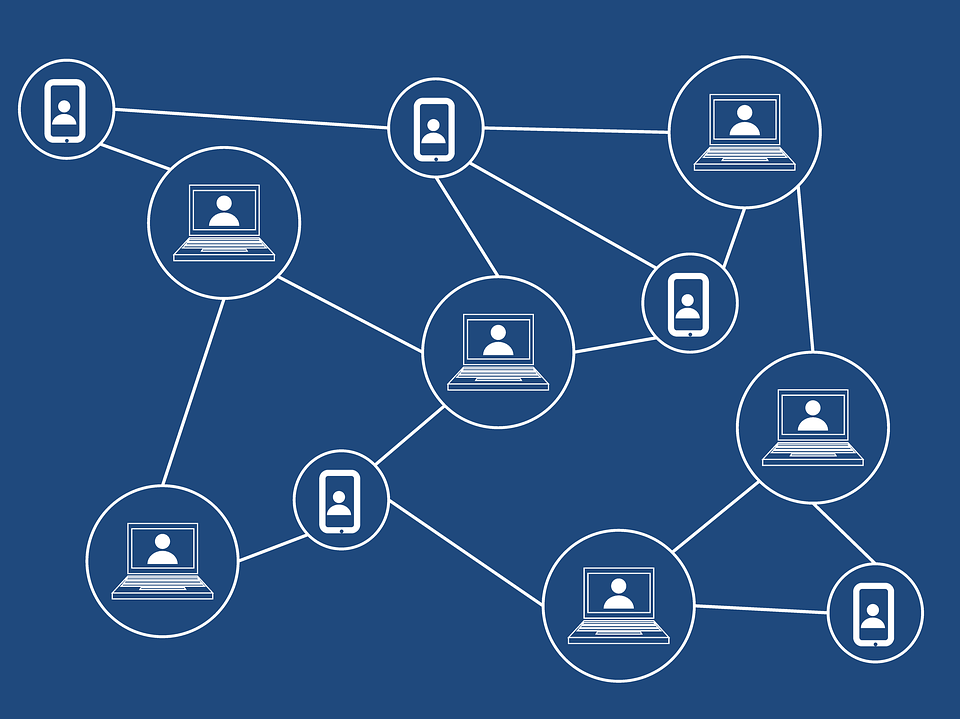
The Indonesian Directorate General of Customs and Excise just announced that it has started using a blockchain based shipping platform. Blockchain pioneer, Bitcoin, has hit $9682 in value per coin. It is estimated that the number of cryptocurrencies by the close of 2019 was approximately 2957. Blockchain is rising fast. Its adoption has gone beyond cryptocurrencies. Blockchain has certainly taken off, its limits can only be left to the test of time
A gentle introduction to blockchain
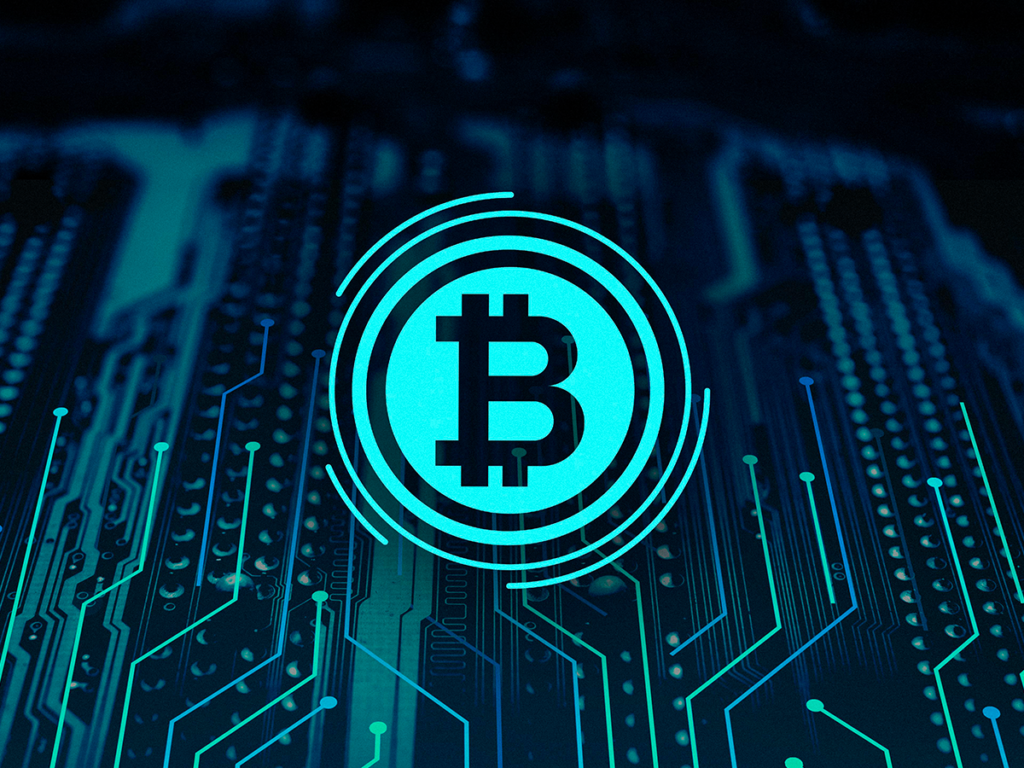
On its most fundamental level, blockchain is basically just a series of blocks, but not in the classical sense. Saying these words “block” and “chain” in this setting, we are simply talking about the electronic information block contained in the public registry-chain.
The word blockchain technology simply refers to an open, cryptographically secure, publicly available system that enables us to safely transfer assets of valuation units using public-key encryption and evidence of working methods. The technology uses collective consensus to manage a platform, which ensures that it is not centrally managed by an institution, a corporation or a government. In addition, the bigger the network expands and the more distributed it becomes, the more protected it becomes.
A basic equivalent for comprehending blockchain technology is Microsoft Offline. If we construct a document and share it with a set of people, the file is circulated rather than being replicated or passed. This provides a shared supply chain that enables anyone to view the document at almost the same moment. No one is held out waiting for adjustments from some other entity, while all amendments to the document are documented in real-time, rendering the modifications entirely transparent.
How Blockchain Works

Once a block contains new data, it will be attached to the blockchain. Blockchain, as the title says, comprises of several blocks strung together. The following are elementary understand to blockchain; blocks, nodes, and miners.
Blocks

A chain comprises of several blocks and each block has three fundamental elements:
- The data in the block.
- A 32-bit integer called a nonce. The nonce is randomly generated whenever a block is formed, which then creates a hash for the blockhead.
- The hash is a 256-bit number attuned to the nonce. It has to begin with a large number of zeroes.
Once the first block of a chain is generated, the nuncio produces a hash algorithm. The data in the block is known to be certified and inextricably linked to the nonce and hash unless it has been extracted.
Miners
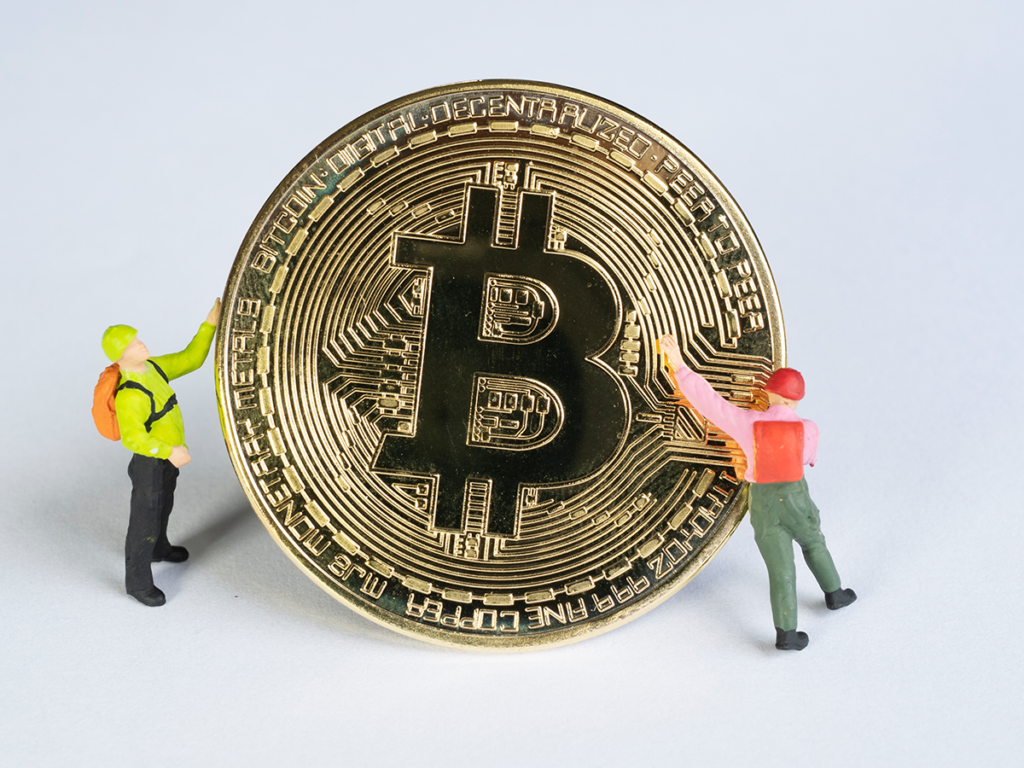
Miners are creating new blocks on the chain via a process named mining. In a blockchain, each block has its own specific nonce and hash, but it also refers to the hash of the preceding block in the series, so it’s not easy to mine a block, particularly on big chains. Miners use specialized software to overcome the enormously complex arithmetic challenge of finding a nuncio that produces an agreed hash. Because the nonce is only 32 bits and the hash is 256, there are approximately four billion potential nonce-hash variations that must be mined before the correct one is identified. When all this occurs, the miners are said to have identified the golden nuncio and their block is attached to the string.
Changing things to any block previously in the chain involves re-mining not just the block with the adjustment, but all the blocks that exist after the transition. That’s why it’s highly difficult to exploit blockchain technology.
Nodes

Decentralization is one of the most key concepts of blockchain technology. No single computer or entity can own the chain. Alternatively, the ledger is shared through the nodes attached to the chain. Nodes can be any form of electronic system that preserves and maintains the network running. Each node will have its own version of the blockchain, and the network must algorithmically authorize any currently mined block for the ledger to be modified, authorized, and checked. Because blockchains are open, any behavior can be easily verified and displayed. That individual shall be given a specific Unicode identification number indicating their activities.
Merging publicly available information with a check and balance enables the blockchain to preserve transparency and builds trust between users. Ultimately, blockchains can be conceived of as the scalability of credibility across technology.
Principles of blockchain
Distributed database

The database is the Blockchain, and every node on the it has connections with the whole Blockchain. Any single node or device controls the data it holds. Each node is capable of validating the Blockchain data. This is all done independently of one or more mediators in charge of anything. Nonetheless, the nodes of the Blockchain are inherently centralized, as the whole system is a decentralized network that carries out certain acts encoded into it.
Peer-to-peer (P2P) transmission
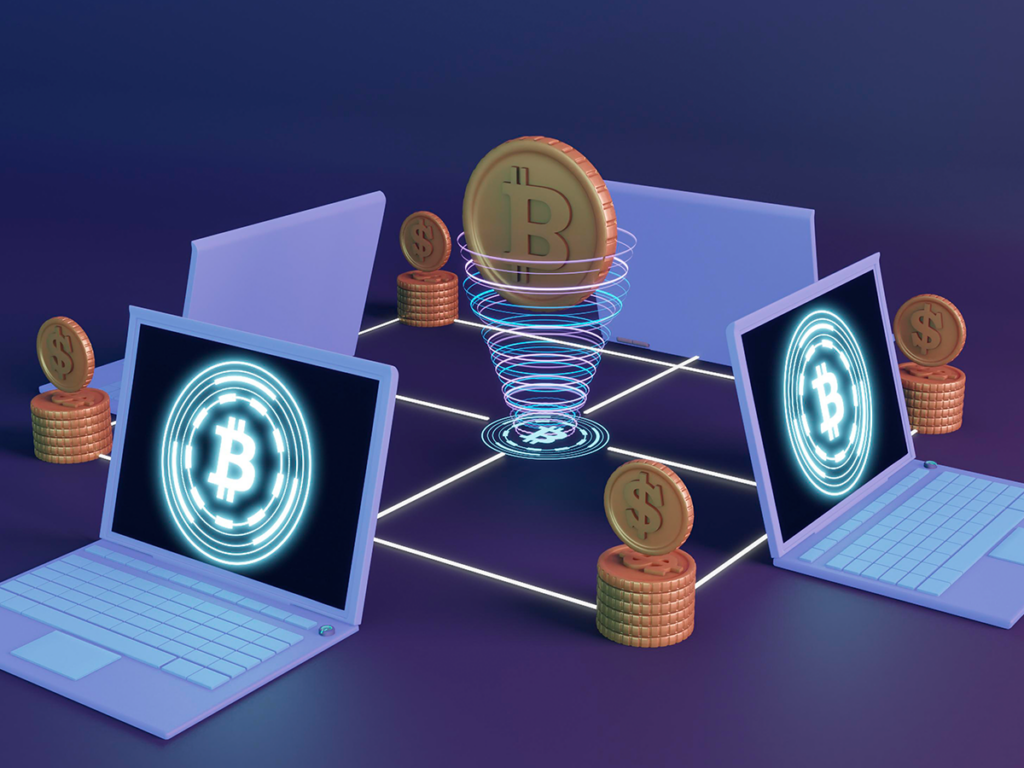
In line with the first concept, interaction often takes place explicitly between peers, rather than through any centralized node. Data about what’s going on in the Blockchain is kept at each node and then transferred to the neighboring nodes. This is how information flows across the entire network.
Transparency yet pseudonymity

Everyone who inspects the Blockchain is likely to see every activity and its hash value. Someone can be discreet if they want or can give their identity to anyone else. All you see on the Blockchain is a ledger of activities between their identities.
Records

Once an activity is registered on the Blockchain and has been reviewed, it is impossible to change the record of the activity. This is due to the fact that the actual activity record is connected to the record of each previous transaction. Blockchain records are irreversible, in chronological order ordered, and are open to all nodes.
conclusion
It is helpful to understand blockchains in the sense of bitcoin, but you should not presume that all blockchain environments require bitcoin structures such as proof of work, longest chain rule, and others. Bitcoin is the first effort to maintain a decentralized public ledger without hierarchical regulation or governance. Significant problems are involved.









